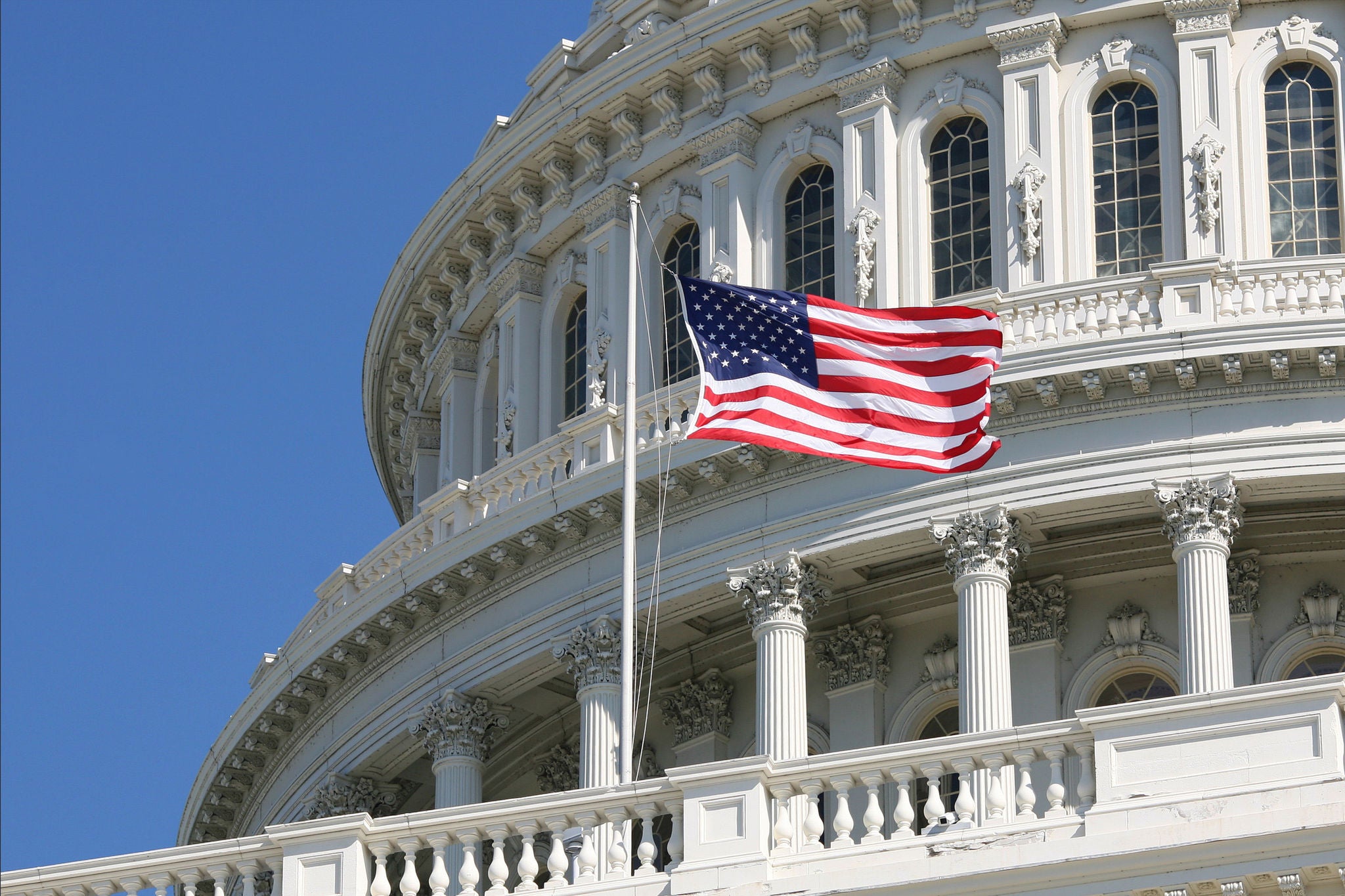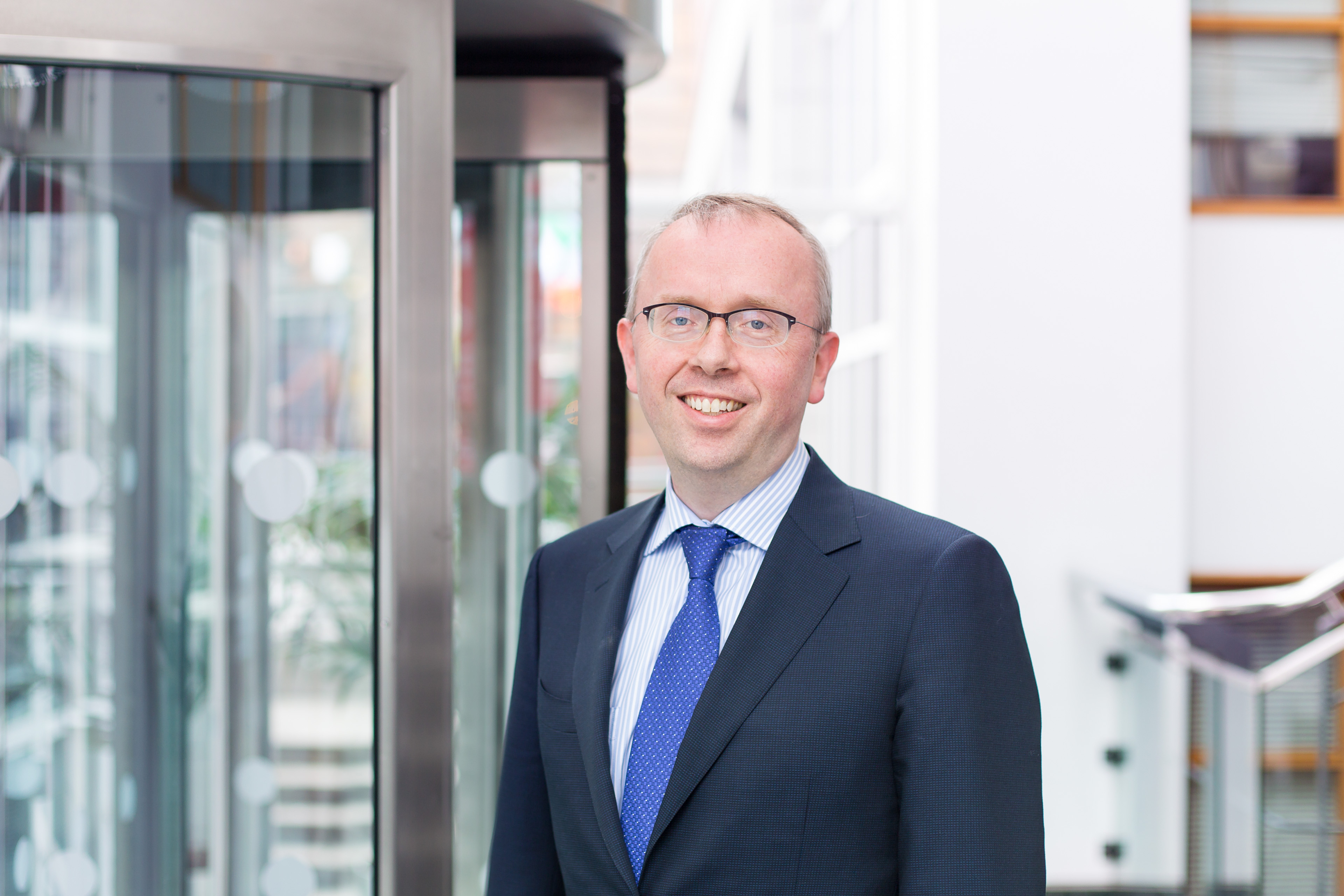EY refers to the global organization, and may refer to one or more, of the member firms of Ernst & Young Global Limited, each of which is a separate legal entity. Ernst & Young Global Limited, a UK company limited by guarantee, does not provide services to clients.

As fourth of July celebrations begin, we consider the enduring importance of US investment in Ireland.
In brief
- American companies accounted for 59% of Ireland’s FDI projects during 2021
- Ireland maintains its position in the Top 10 of most attractive countries for FDI in Europe
The fundamental importance of US FDI to Ireland’s economy is difficult to overstate. Today, US companies located here employ 190,000 people directly and a further 152,000 people indirectly. These companies, which now total almost 900 in number, spend over €12 billion on payroll, €8.8 billion on goods and services, and €6.5 billion on capital expenditure each year¹. They are also responsible for an estimated 60% of Ireland’s corporation tax income².
Ireland’s continuing attractiveness for US FDI is therefore critically important for its future prosperity. Fortunately, according to EY’s latest European Attractiveness Survey, Ireland is maintaining its position as one of the most attractive countries in Europe for FDI.
The annual survey gathers the views of key decision makers to assess Europe’s attractiveness as an investment destination and this year, for the first time, we augmented the research with a survey of Irish decision makers.
Ireland continues to punch well above its weight when it comes to FDI investments with 152 projects during 2021 – a market share of 3% across more than 40 European countries. That places Ireland in Europe’s top 10 locations for FDI and in first place when it comes to projects per head of population.
The strength of the relationship between Ireland and the US was highlighted by the fact that American companies accounted for 59% of Ireland’s FDI projects during the year. While this could raise questions as to whether Ireland is over-reliant on the US for FDI, with competition for investment intensifying, Ireland needs to ensure that it maintains and strengthens its attractiveness for FDI from both the US and other sources. It is important that efforts in pursuit of inward investment from other markets are not made at the expense of the critically important and well-established business relationship with the US.
Indeed, it might be said that Ireland’s continued success in attracting US FDI should be a cause for celebration rather than concern. Great credit must go to IDA Ireland and the American Chamber of Commerce Ireland for their excellent work over many years which has helped place Ireland in a position where it is the envy of competitor countries.
Our survey of Irish decision makers drilled down into the factors that make Ireland attractive for FDI. Not surprisingly, Ireland’s tax regime, highly skilled and educated workforce, very good quality of life, and business friendly environment were the top drivers of its attractiveness. Also noteworthy is the fact that 39% of respondents to the survey said that current and planned tax policies will actually improve Ireland’s attractiveness.
Labour costs and housing affordability were among the least attractive factors. No surprise there but the findings do point to the importance of finding effective solutions to the housing crisis and avoiding a damaging inflationary wage spiral as the Government seeks to combat the rising cost of living.
There are other areas which need to be addressed, of course. Respondents to the EY European Attractiveness Survey said the Government should prioritise a geographic rebalancing of the economy, investment in international connectivity, skills development, and business taxation reduction. Decarbonisation of the country’s energy system was also named as a priority area.
The high ranking given to international connectivity is perhaps to be expected given that respondents were largely drawn from the multinational community. However, recent events at airports across Europe highlight the fragility of international connectivity. As an island nation so heavily dependent on inward investment and international trade, Ireland must redouble its efforts to enhance connectivity, particularly with North America.
The FDI market is intensely competitive and highly dynamic. American companies do not choose to locate in Ireland for sentimental reasons, they do so because it makes sound financial and business sense. Countries around the world are constantly seeking to improve their offerings to inward investors and Ireland must not only preserve its existing strengths but build on them if it is to retain its position as one of the most attractive locations in Europe for US FDI.
European Attractiveness Survey 2022
Summary
Ireland’s enduring attractiveness to US investors is to be celebrated. We must ensure that what makes Ireland attractive is maintained amid intensifying competition for FDI across Europe.
Related articles
How Ireland’s attractiveness is bolstering FDI performance
The EY European Attractiveness Survey shows that despite the pandemic, geopolitical disruptions, Ireland continues to attract FDI in a big way. Find out how.
Why better understanding of the challenge is stifling climate action in Irish business
The EY State of Sustainability (SOS) report 2022 has revealed an increased level of appreciation among the Irish business community for the scale of the sustainability challenge facing them. However, it appears that heightened understanding has created a lack of confidence that the ambitious targets required to meet the challenge can be met.





